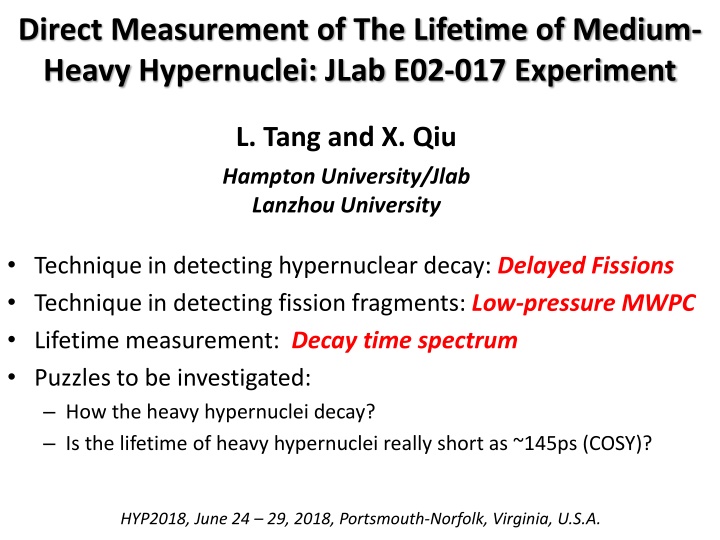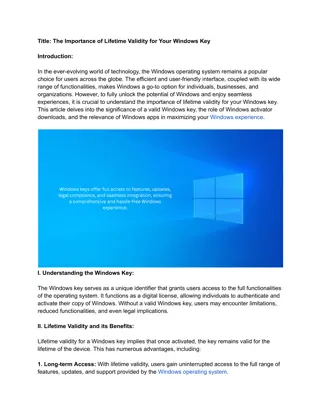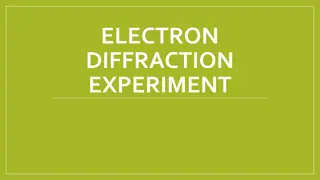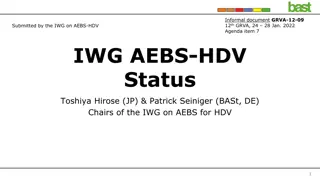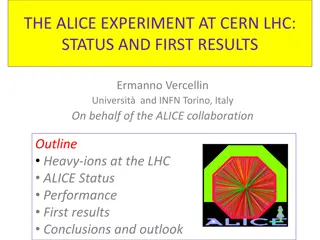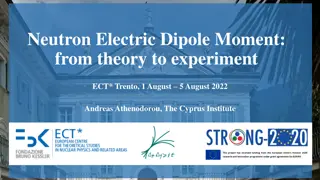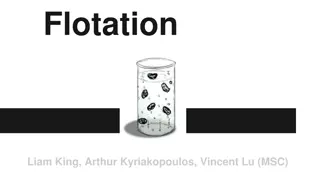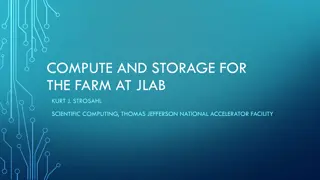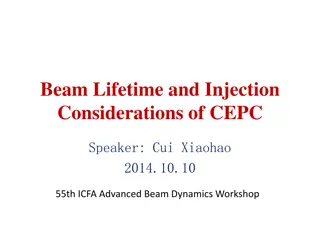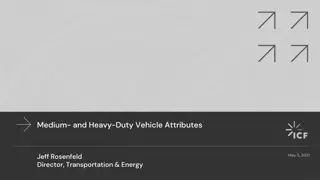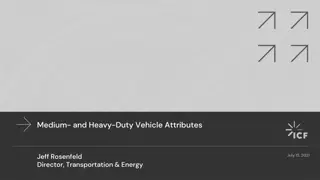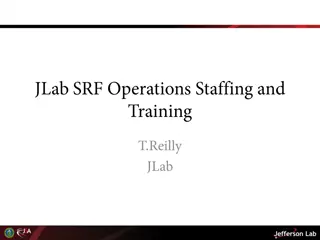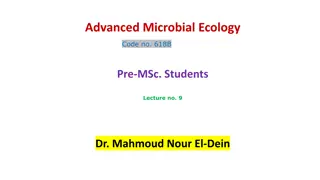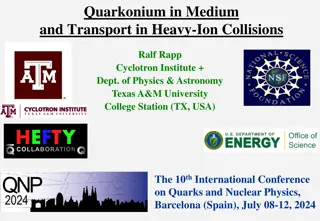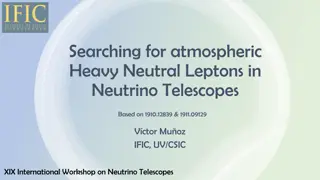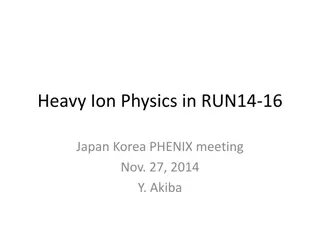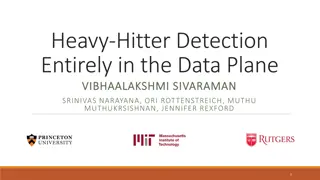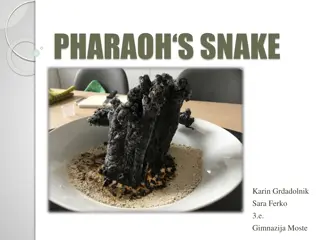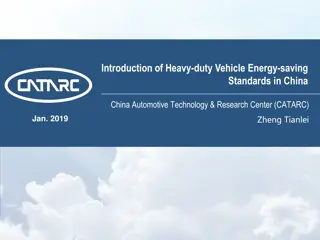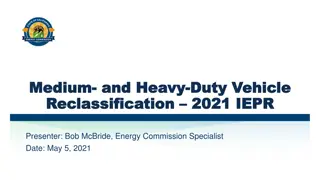Investigating the Lifetime of Medium-Heavy Hypernuclei: JLab E02-017 Experiment Insights
The JLab E02-017 experiment conducted by L. Tang and X. Qiu from Hampton University and JLab, in collaboration with Lanzhou University, focuses on measuring the lifetime of medium-heavy hypernuclei using a technique involving delayed fissions and low-pressure MWPCs. The study aims to unravel the mysteries surrounding the decay of heavy hypernuclei and challenges existing assumptions about their short lifetimes. Conflicting results from previous studies add complexity to the investigation, making this research a pivotal contribution to nuclear physics.
Uploaded on Oct 10, 2024 | 3 Views
Download Presentation

Please find below an Image/Link to download the presentation.
The content on the website is provided AS IS for your information and personal use only. It may not be sold, licensed, or shared on other websites without obtaining consent from the author.If you encounter any issues during the download, it is possible that the publisher has removed the file from their server.
You are allowed to download the files provided on this website for personal or commercial use, subject to the condition that they are used lawfully. All files are the property of their respective owners.
The content on the website is provided AS IS for your information and personal use only. It may not be sold, licensed, or shared on other websites without obtaining consent from the author.
E N D
Presentation Transcript
Direct Measurement of The Lifetime of Medium- Heavy Hypernuclei: JLab E02-017 Experiment L. Tang and X. Qiu Hampton University/Jlab Lanzhou University Technique in detecting hypernuclear decay: Delayed Fissions Technique in detecting fission fragments: Low-pressure MWPC Lifetime measurement: Decay time spectrum Puzzles to be investigated: How the heavy hypernuclei decay? Is the lifetime of heavy hypernuclei really short as ~145ps (COSY)? HYP2018, June 24 29, 2018, Portsmouth-Norfolk, Virginia, U.S.A.
Lifetime of Hypernuclei Before The JLab Result One of CERN results from Bi target ~145ps COSY result From Bi target Example from: K. Itonaga and T. Motoba, Progress of Theoretical Physics Supplement No. 185, 2010 Other papers: D. Jido, E. Oset and J.E. Palomar, Nucl. Phys. A 694, 525 (2001); K. Sasaki, T. Inoue and M. Oka, Nucl. Phys. A 669, 331 (2000); G. Garbarino, A. Parre o, A. Ramos, Phys. Rev. Lett. 91, 112501 (2003)
Conflicting Lifetime Results on Heavy Hypernuclei 19. J.P. Bocquet et al., Phys. Lett. B 192, 312 (1987) 20. T.A. Armstrong et al., Phys. Rev. C 47, 1957 (1993) 21. V.I. Noga et al., Sov. J. Nucl. Phys. 43, 856 (1986) 22. H. Ohm et al., Phys. Rev. C 55, 3062 (1997) 23. P. Kulessa et al., Nucl. Phys. A 639, 283c (1998); P. Kulessa et al., J. Phys. G, Nucl. Part. Phys. 28, 1715 (2002); W. Cassing et al., Eur. Phys. J. A 16, 549 (2003)
JLab E02-017: Experimental Technique and Layout 4 MWPC s operated under low-pressure (~3 Torr) heptane gas Fission Fragment Detector: FFD Each MWPC measures 2-D coordinates and timing They form 2 TOF pairs above and below the tilted target foil (~8 w.r.t. beam) Two fragments were measured in coincidence Time-zero of each fragment was reconstructed from TOF and geometry Decay time spectrum was obtained from difference between the two time-zeros with resolution of ~60 ps The target contains thin (~0.8 m) Cu, Fe, Ag, and Bi strips and illuminated by Bremsstralungs generated from the thin target of HKS experiment
Features of Measurements Position Resolution (a) and (d) are the two outer MWPC s with less effect from pile-up charges and good resolution (b) and (c) are the two inner MWPC s very close to beam and their resolutions were affected by pile-up charges Resolution of reconstructed fission position was dominated by the inner MWPC s Measured and Simulated Beam Profile Events were separated from 4 targets Events mixing due to insufficient resolution was determined Target Regions
Fission Process Recognized By This Experiment Should be dominated by photo-induced prompt fissions without long lifetime. One-step Process Fissions induced by non-mesonic weak decay of the ground or some low-lying states of photo-produced hypernuclei. Since both of the fragments came from the same time-zero, these events would appear to be prompt thus no-lifetime could be measured. 1st step: Excited hypernuclei decay strongly by fission and attached to one of the fragments producing hyper-fragments. Two-step Process 2nd step: Hyper-fragments fission or break-up via weak decay. Thus one fragment has prompt time-zero while the other contains the character of lifetime of medium heavy-hypernuclei.
Which Process Should Dominate? Using photo-produced 12 B as example (q 350 MeV/c) Hot hypernuclei at various orbits coupled with highly excited nuclear core at deep particle hole states (Source for 2-step fission) Cold hypernuclei at lower orbits coupled with nuclear core at ground or low excitation particle hole states (Source for 1-step fission)
Which Process Should Dominate? Ratio of Cold / Hot hypernuclei extracted from JLab HKS data Arbitrary simple fits 52 V 28 Al 12 B Could be decreasing as # of deep hole states increase faster 10 Be 7 He Hypernuclei recognized only by delayed fissions should be dominated by decay of hyper-fragments
Opening Angle Of The Two Fragments Measured angle correlation Opening angle cannot be used as a gate to separate fissions from weak decay of cold or hot hypernuclei
Decay Time Character of Hyper-fragments Without energy loss in target With energy loss in target All stopped All in-flight If all decayed in-flight, no lifetime can be extracted, affected by velocity difference between hyper-fragment and fragment from decay. This may indicate the clues of the conflicting CERN and COSY results, i.e. angular spread of fissioning projectiles. Linear region would appear if there were sufficient amount of hyper- fragments decayed at stop. The linear region should start beyond |T0| > 300 ps.
Decay Time Spectra and Fitting of Lifetimes Fe Target Ag Target Cu Target Bi Target
Characters of Decay and Lifetime of Heavy Hypernuclei Bi fission is known dominated by binary mode with average of ~8 nucleons emitted, i.e. fragment mean mass is A 100 and A 30. The lifetime measured from the decays from Bi target events should be a statistical average of a range of medium mass hypernuclei (i.e. decay of hyper-fragments). Fission from other targets, Ag, Cu, and Fe, are not well known. Assuming binary fission mode dominates, the extracted lifetimes are all averages at the mean mass, about 1/2 of the target masses. Hyper-fragment rate from Ag, Cu, and Fe targets are much higher than expected. On the other hand, hyper-fragment rate from all targets are much higher than expected over that in the prompt region (one-step fission). This indicates that all lifetimes measured using delay fission technique without gating to a specific mass region are all averages around ~1/2 of the target mass.
Summarized Lifetime of Hypernuclei WithJLab Result K. Itonaga and T. Motoba, Progress of Theoretical Physics Supplement No. 185, 2010 E. Bauer, G. Garbarino, Phys. Rev. C 81 064315 (2010).
Summary The JLab experiment made direct lifetime measurement from decay time spectra of hyper- fragments The hyper-fragments should be produced by decays via fission of heavy hypernuclei at high excitation. We believe that such hyper-fragment production and decay should be what were seen from all previous experiments using delayed fission technique. Our result supports constant lifetime of ~200 ps for hypernuclei with medium-heavy mass and beyond.
